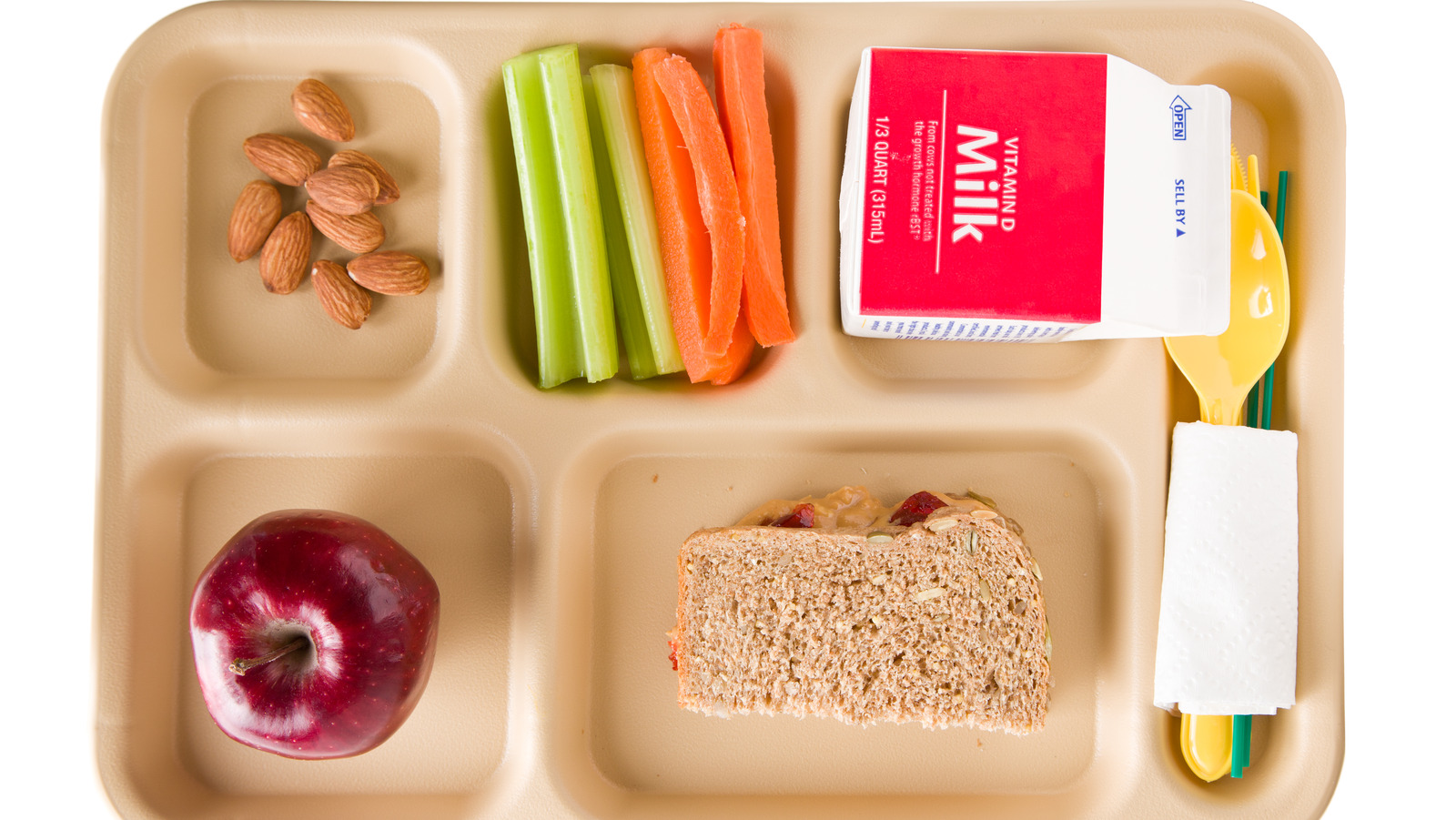One reason milk was prioritized over water was a result of a surplus created during WWII. Farmers and dairies were encouraged to ramp up their milk production to ship overseas to soldiers. Post-war, there was a massive surplus of milk and no demand to match it, so the U.S. government was forced to come up with a way to use it and so the very first federal subsidized program was enacted in 1940 targeting select schools in Chicago, to offer low-cost […]
schools
Milk, regardless of whether it’s low-fat or whole, provides the same 13 essential nutrients. According to the National Milk Producers’ Federation research, whole milk is the most consumed milk variety in the US, followed by 2% fat milk – but neither are currently part of federal school meal programs due to concerns regarding saturated fat and sugar content. However, milk producers argue that excluding the most commonly-consumed milk types from school menus is a key contributing factor to food waste. […]
SAN ANTONIO – A local nonprofit is working with schools across the city to create gardens and teach kids about healthy eating and the science of gardening. “Most kids are used to going to the grocery store to get their food and they have no idea that most of the produce they buy comes off a plant,” Ashton Ellis, the garden teacher at Gardopia Gardens said. Gardopia Gardens was founded in 2015 and works with different groups across the city, […]
The U.S. Department of Agriculture announced a transitional set of guidelines for school meals this month. According to a press release, the guidelines set a path forward from pandemic operations and toward more nutritious meals. Federal regulations set minimum nutrition standards and regulate what schools can and cannot serve for lunch. When the pandemic hit, regulations were waived by the USDA. Primarily because it was near impossible for schools to order food through disrupted supply chains, according to Misty Davis, […]





